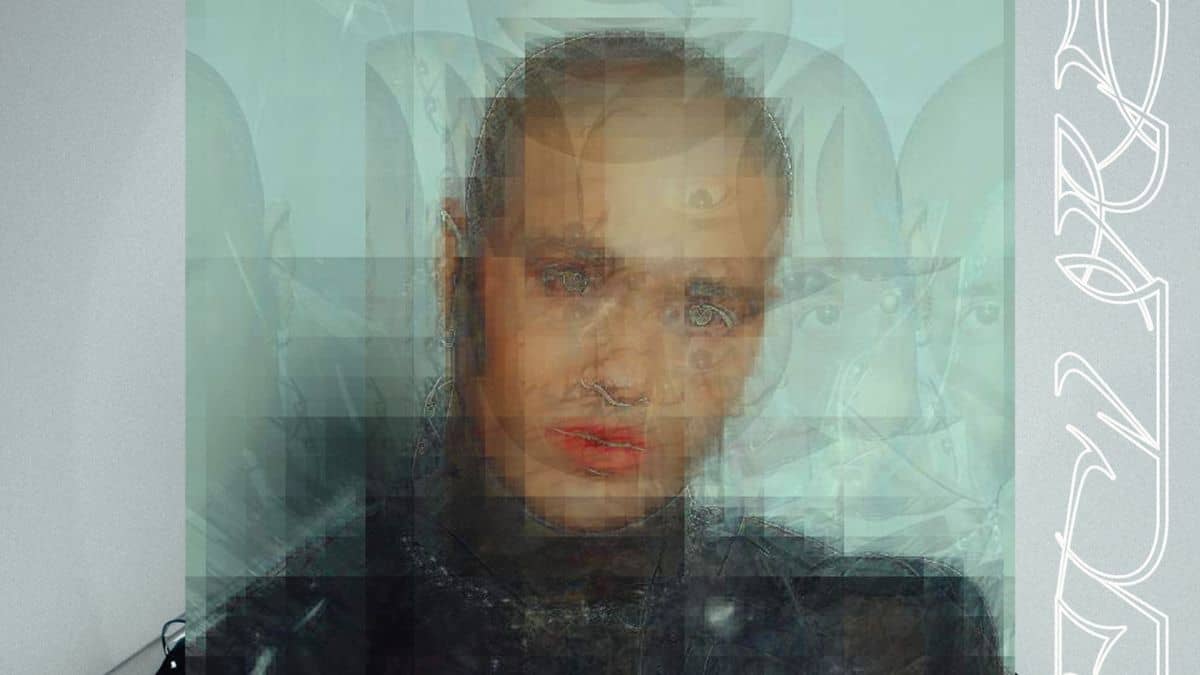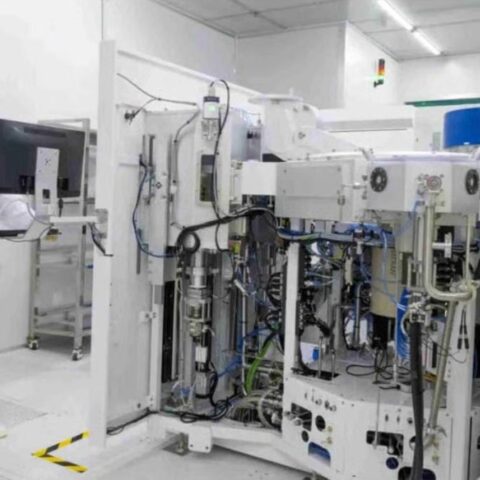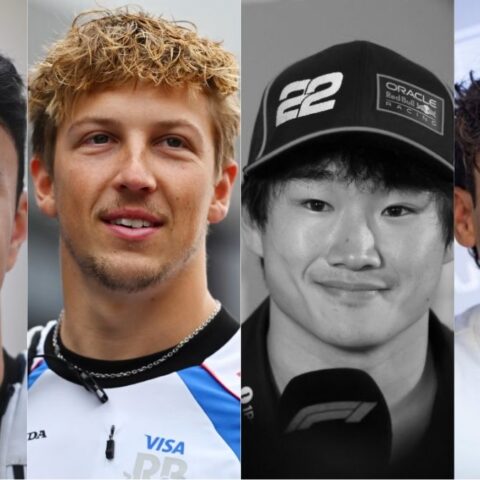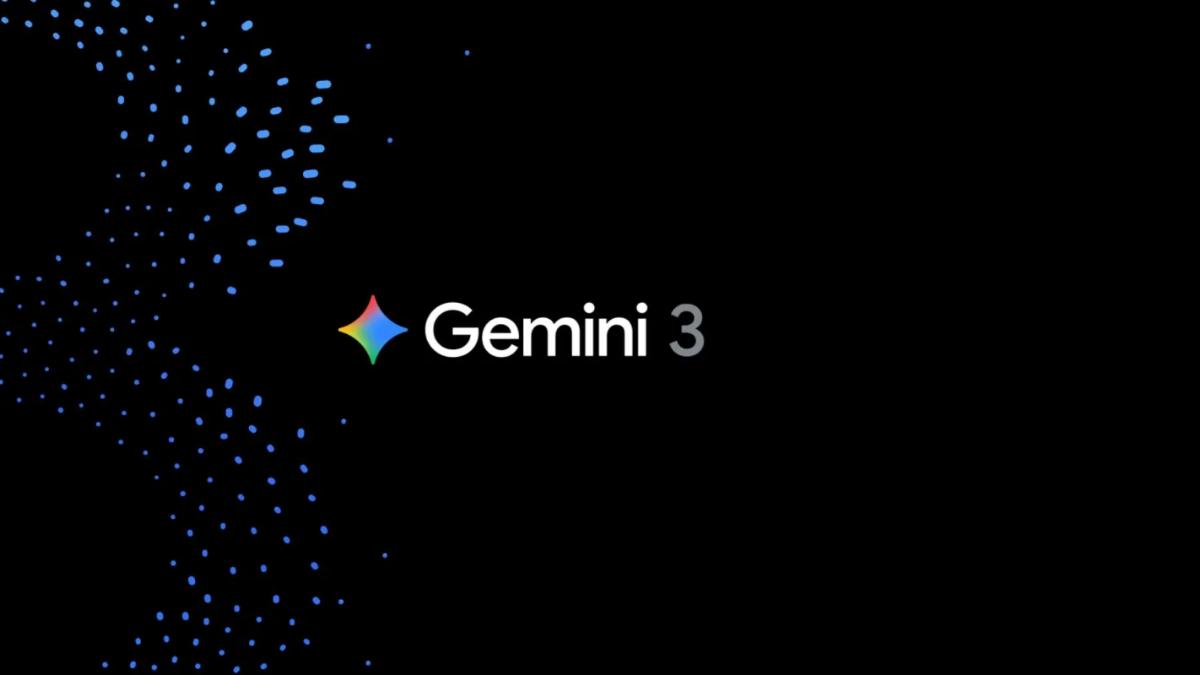A new era in music creation has begun. British electronic musician ILĀ and UK-based startup Moth have just released Recurse, the world’s first commercially available song made using quantum-powered artificial intelligence.
The track, available on platforms like Spotify and YouTube, challenges traditional music production and offers a fresh, unique sound.
A New Kind of Song: Quantum and AI in Harmony
Recurse was created using Moth’s Archaeo platform, which runs on a quantum computer provided by Finnish company IQM. Unlike typical AI music tools that rely on large datasets scraped from the internet, Archaeo was trained on audio created exclusively by ILĀ.
This choice ensured the integrity of the artist’s work and avoided the ethical issues that can arise from AI using copyrighted material.
ILĀ explained, “I created a piece of music like I normally would, and these sequences were used by Moth to train this generative system.” The result is a unique collaboration where the AI helps suggest musical elements like bass lines and drum patterns, but the artist maintains full control over the final composition.
Transforming the Creative Process
Dr. Ilana Wisby, CEO of Moth, called Recurse a “defining moment” for creativity. She said, “We’re not just building tech for tech’s sake, we’re building tools that empower, inspire, and drive a new era of media and creativity.”
The technology behind Archaeo is based on Quantum Reservoir Computing (QRC), a method that uses quantum systems to analyze patterns in small datasets. This approach allows the AI to generate music that feels human, yet carries the complexity of quantum-level data analysis.
An Ever-Changing Experience: Recurse [Infinite Mix]
In addition to the fixed track Recurse, Moth has released Recurse [Infinite Mix], a version that evolves in real-time. Instead of a static audio file, this version adapts continuously, offering listeners a dynamic experience where the music changes with each play. It redefines how audiences interact with songs, making it an immersive, evolving journey.
The official video for Recurse features a “quantum blur” effect, visually reflecting the computational origins of the music. This integration of sound and visuals signals a new direction in multimedia storytelling.
Collaboration Between Art and Science
Moth worked closely with Eduardo Reck Miranda, a Brazilian composer and researcher in computational creativity, to ensure the project’s academic and artistic integrity. Miranda, a member of Moth’s board, has published work on quantum music, and his involvement strengthens the project’s foundation in both research and artistic expression.
ILĀ shared how refreshing it was to work with the Archaeo platform, noting, “It feels very refreshing to use a technology that has been built to work with you — not simply replace you.” This highlights a shift in how AI is viewed in the arts: not as a competitor, but as a collaborator.
Conclusion
Recurse is more than just a song. It represents a new step in creative collaboration, where quantum computing and artificial intelligence work alongside artists to explore new possibilities in music.
As technology continues to evolve, the boundaries between human and machine-made art will continue to blur, offering exciting opportunities for the future of music.














